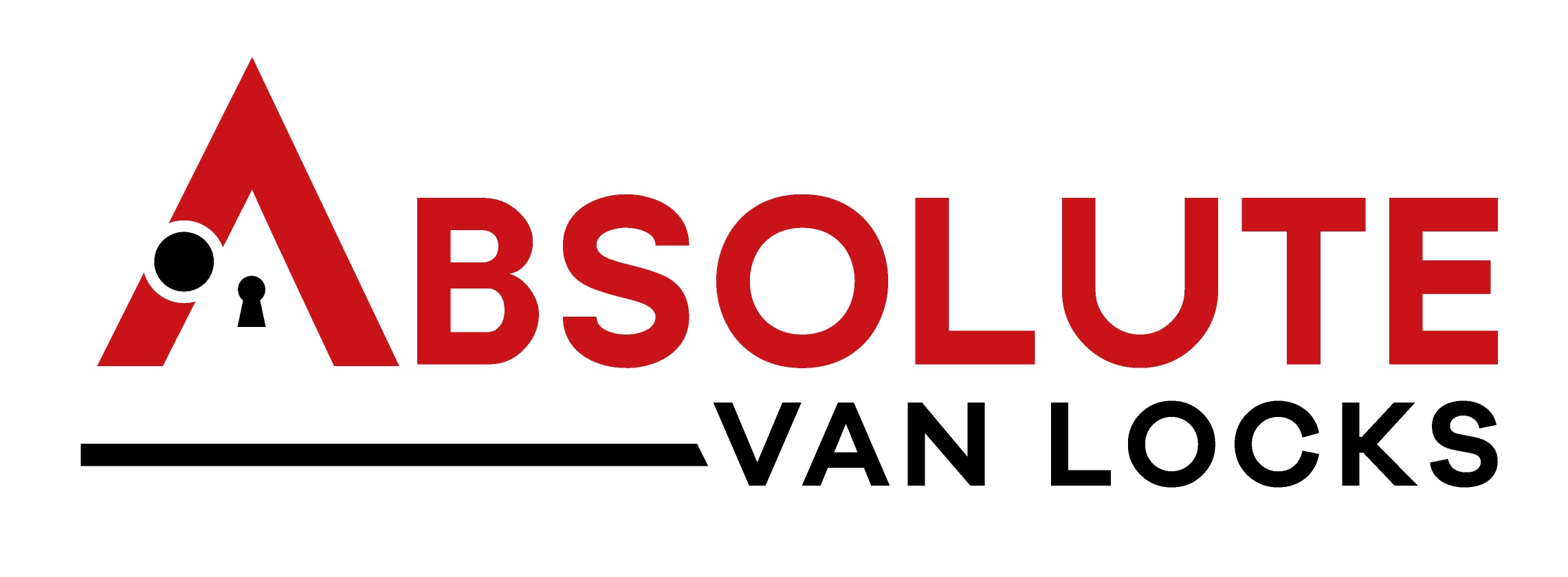1. What are van roof bars and what are their primary uses?
Van roof bars are external attachments mounted on the roof of a van that allow for the transportation of additional cargo. They are commonly used to carry items such as bikes, ladders, roof boxes, and other equipment, freeing up space inside the van.
2. What are the benefits of installing roof bars on my van in Kirklees?
Installing roof bars offers several benefits, including:
- Increased Storage: Allows you to carry extra items that wouldn’t fit inside the van.
- Versatility: Compatible with various accessories like bike racks and roof boxes.
- Organized Space: Keeps the van’s interior clutter-free.
- Durability: Built to handle heavy loads and tough weather conditions.
- Cost-Efficiency: Provides additional storage without the need for a larger vehicle.
3. Can roof bars be installed on any van model?
Most roof bars are designed to fit a wide range of van models. However, it’s important to choose roof bars that are compatible with your specific van make and model. Custom or adjustable options are available for non-standard or unique vehicles.
4. How much weight can van roof bars safely carry?
The weight capacity of van roof bars depends on their design and the van’s specifications. Typically, roof bars can carry between 50 to 150 kilograms. Always check the manufacturer’s specifications and ensure you do not exceed the recommended load limit.
5. How are roof bars installed on a van?
Roof bars are usually installed using mounting brackets that attach to the van’s roof rails or mounting points. Installation may involve securing the bars with bolts or clamps. It’s recommended to follow the manufacturer’s instructions or have a professional install them to ensure a secure fit.
6. Can I install roof bars myself or should I hire a professional?
While some people choose to install roof bars themselves, it’s often best to hire a professional, especially if you’re unfamiliar with the process. Professional installation ensures that the roof bars are securely mounted and properly aligned, reducing the risk of issues while driving.
7. How do I maintain and care for my van roof bars?
Regular maintenance includes:
- Cleaning: Wash the roof bars to remove dirt and debris.
- Inspection: Check for any signs of rust, wear, or loose fittings.
- Lubrication: Apply lubricant to any moving parts to prevent corrosion.
- Tightening: Ensure all bolts and clamps are tightened to prevent movement.
8. What accessories can be used with van roof bars?
Van roof bars can be used with various accessories, including:
- Bike Racks: For transporting bicycles.
- Roof Boxes: For additional storage space.
- Ladder Racks: For carrying ladders.
- Ski Racks: For transporting skis and snowboards.
- Cargo Nets: For securing loose items.
9. Will roof bars affect my vehicle’s fuel efficiency?
Roof bars can slightly impact fuel efficiency due to increased wind resistance. To minimize this effect, consider using aerodynamic roof bars designed to reduce drag, and remove the bars when not in use to improve fuel economy.
10. Can roof bars be removed if they are no longer needed?
Yes, roof bars can be removed when they are no longer needed. Follow the manufacturer’s instructions for removal, or have a professional take them off to avoid damage to the van. Ensure that any mounting points are properly sealed to prevent leaks or damage.
